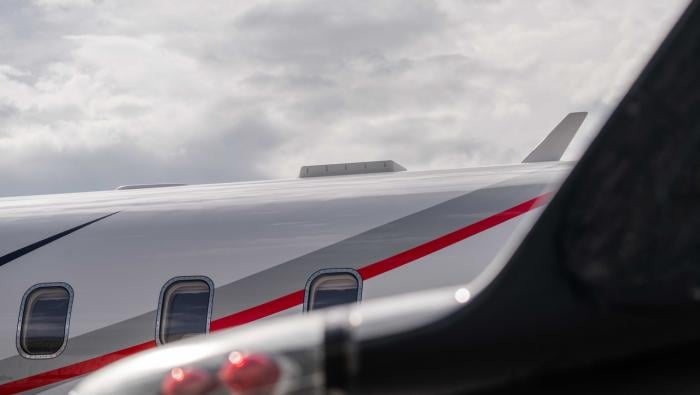Many companies boast of being the best, but Metrojet bills itself as “Asia Pacific’s business aviation leader” with some justification. It is a subsidiary of The Hong Kong Aviation Group HKAG (itself a subsidiary of the Kadoorie Group, which owns China Light and Power and the Peninsula hotel chain). HKAG has more than 30 years’ business aviation and flight operations experience in the region, with the establishment of Heliservices in 1978 and Metrojet in 1995. The group is also a shareholder of the highly regarded Hong Kong Business Aviation Centre.
Over the last few weeks alone Metrojet has made major moves, including partnering with Maintenance Centre Malta (MCM) to gain EASA Part 145 maintenance organization approvals and become an approved line maintenance facility. MCM has facilities at Luqa Airport, Malta. Bjorn Naf, Metrojet’s chief executive, said, “The approval will allow us to work on EASA-registered aircraft in Hong Kong.”
The company has been busy since early in the year. In March it invested the first $4 million of a $40 million commitment to a maintenance, repair and overhaul (MRO) facility in Clark Airport in the Philippines. According to Philippines executive secretary Paquito Ochoa Jr., Metrojet will set up the facility in a more than 300,000-sq-ft property inside the Clark Airport Complex. Work is slated to start this month and be completed by the second quarter of next year.
Heavy maintenance on offer in Clark will include avionics upgrades and exterior paint jobs. Naf said, with pyrotechnic hyperbole, Metrojet opted for the Clark location because “The Hong Kong Business Aviation Centre has exploded and there is simply no space. We are going to need space and hangarage facilities, and Mainland China is not open at the moment. Clark has offered us space in a tax-free zone with preferred rates.”
The company also expanded into India in March by signing a joint venture with Taj Air offering aircraft maintenance and management services to the growing Indian business aviation market. Taj Air is a business aviation charter operation and part of the Tata Group. Naf said: “Sir Michael [Kadoorie] is a close friend of Ratan Tata [Tata’s chairman], and this friendship at the highest level means that both groups are working to develop business aviation in India.
The operation will be based in Mumbai initially. Taj Air has been a pioneer in business aviation in India since 1993 and, like Metrojet, is associated with a high-end hotel brand. “Taj Air is well established and we are helping them to upgrade their facility. We are looking for another place in India to develop our businesses,” said Naf.
New Maintenance Approvals
In addition to its international expansion, Metrojet received maintenance repair facility approval from the Hong Kong Civil Aviation Department (CAD) for Hong Kong-registered Boeing Business Jets.
The approval complements the range of services Metrojet offers. It provides aircraft management, aircraft charter, aircraft co-ownership, aircraft maintenance, pre-buy inspection, aircraft registration, crew management and regulatory compliance. It also operates 26 aircraft, including the Bombardier Global 5000/Global Express and Challenger 604/605, Gulfstream G200/300/450/550 and a Boeing Business Jet (BBJ).
Metrojet works around the clock throughout Asia and employs 110 people. It is a Gulfstream-authorized warranty repair facility, a Bombardier-authorized service facility, Hawker Beechcraft line service facility for the Hawker 700/800/900 series and Cessna-authorized Citation service facility. The firm is also an FAA-certified repair station and Hong Kong CAD 145 maintenance organization, and it has numerous approvals from other countries of registry, including China, Macau, Taiwan, Canada, Bermuda, the Cayman Islands and the Isle of Man.
The company intends to be an international player and in April it achieved International Standard for Business Aircraft Operations (IS-BAO) registration. Modeled on the ISO 9000 series of standards, IS-BAO requires development of programs, systems, processes and procedures to ensure compliance with safety and security standards.
Naf, a former airline executive, said he is in the business for the long haul, as it appeals to his entrepreneurial spirit. “With airlines you know you have a 10-year fleet plan schedule. With business aviation there is no schedule; a client calls three days in advance for a flight and you have to make it happen. Airlines are flying 16 hours a day; business jets fly 250 to 400 hours per year and you have to manage these expensive assets.”







